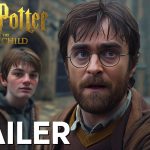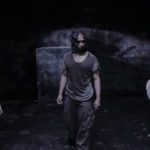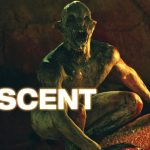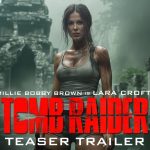The Divine Fury (2019)
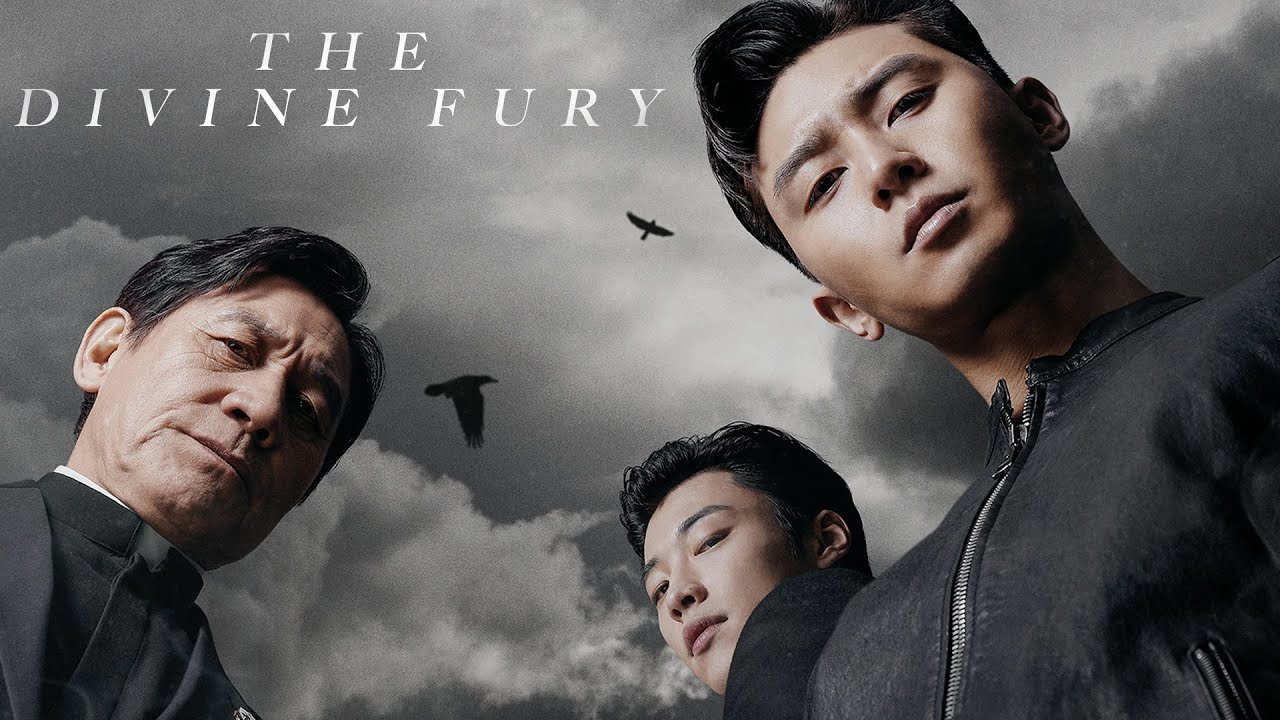
🎬 The Divine Fury (2019)
🧨 Genre: Action, Horror, Supernatural
🕵️♂️ Main Cast: Park Seo-Joon, Ahn Sung-Ki, Woo Do-Hwan
In the world of supernatural horror, where angels and demons clash in the battle between good and evil, The Divine Fury (2019) brings a fresh take, mixing martial arts with a dark, chilling narrative. Directed by Jason Kim, the film captivates audiences with a compelling mix of action, supernatural terror, and emotional depth. It’s a ride that keeps viewers on the edge of their seats while challenging the boundaries between faith, power, and the darkness lurking within us all.
Quick Summary
The story revolves around Yong-Hoo (Park Seo-Joon), a hot-headed martial artist who has experienced tragic loss and is consumed by anger and resentment. A near-death experience during a violent confrontation awakens supernatural powers within him, giving him the strength to fight against forces beyond human comprehension. He finds himself drawn into a conflict that pits him against a powerful demonic presence that threatens to bring chaos into the world.
Yong-Hoo, however, is not alone in this struggle. He joins forces with Father Ahn (Ahn Sung-Ki), a priest with extensive knowledge of the supernatural and years of experience battling dark forces. Together, they must work to prevent the demonic entity from wreaking havoc and unleashing an apocalypse. As the film progresses, the battle intensifies, and Yong-Hoo must not only face external evil but also reconcile with the darkness within himself, both physical and emotional, in order to save the world from destruction.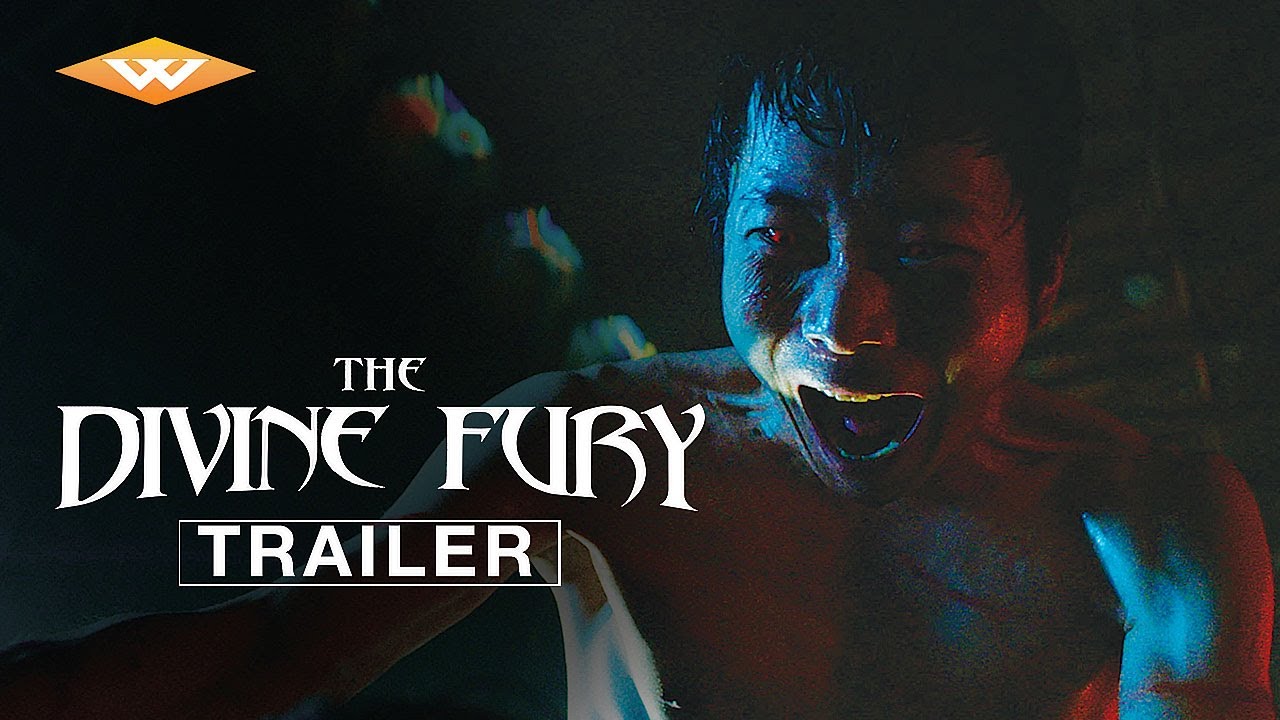
The film blends themes of redemption, inner turmoil, and external confrontation, making it more than just an action-packed supernatural thriller. The Divine Fury explores the depths of the human soul, asking the question: how far are we willing to go to battle the evil that exists both outside and within ourselves?
⭐ Review
💥 Script Structure
The script of The Divine Fury is crafted with a compelling structure that builds the narrative from a personal conflict to a larger-than-life battle between good and evil. At its core, the film is a personal journey of Yong-Hoo, whose anger and unresolved trauma are key to his character development. His transformation from a hot-headed martial artist to someone who must come to terms with his own inner demons and his newfound powers is the emotional backbone of the film.
What makes the script stand out is how it seamlessly blends the martial arts genre with supernatural horror. We witness intense and visually striking combat sequences, but these moments are deeply tied to Yong-Hoo’s internal journey. As he faces off against supernatural entities, he is also forced to confront his own fear, rage, and grief. The film takes us on an emotional rollercoaster, with action-packed fight scenes and high-stakes confrontations, but it’s also a story about healing and redemption.
The supernatural horror elements are handled skillfully, with well-timed plot twists and a consistent build-up of tension that keeps the audience on edge. The demonic presence that looms over the characters is terrifying, but it’s the emotional and psychological weight of Yong-Hoo’s journey that gives the film its depth. His struggles aren’t just with the demons he faces in the physical world—they are just as much with the demons inside him, making the stakes personal as much as global.
In the second half of the film, the stakes become increasingly high as the battle between good and evil intensifies. The narrative evolves from one of personal redemption to a full-scale supernatural showdown. As the demonic entity grows stronger, Yong-Hoo must step into his role as both a fighter and a savior, facing the ultimate test of his strength, faith, and willpower.
🎭 Acting
One of the key strengths of The Divine Fury lies in its stellar performances. Park Seo-Joon, known for his versatility, delivers a powerful portrayal of Yong-Hoo. His performance is marked by emotional depth, showcasing the character’s internal conflict as he grapples with the weight of his powers and his anger. Yong-Hoo’s struggle is not only physical but psychological, and Park Seo-Joon masterfully captures the complexity of a man trying to find redemption while battling a dangerous evil.
Park Seo-Joon’s martial arts prowess adds a layer of realism and intensity to the film’s action scenes. The choreography is top-notch, and his physical performance during the fight sequences is impressive. But what really sets his performance apart is his ability to balance the action with emotional vulnerability. The moments where Yong-Hoo is confronted with his past and must reckon with his anger and guilt are just as powerful as his physical confrontations with demonic forces.
Ahn Sung-Ki’s portrayal of Father Ahn is equally impactful. As a seasoned priest with years of experience battling dark forces, Father Ahn is a calming and wise presence throughout the film. Ahn Sung-Ki’s performance is nuanced, exuding a quiet strength that contrasts with the younger, more impulsive Yong-Hoo. The dynamic between the two characters is compelling—Father Ahn is not just a mentor; he is a symbol of faith, wisdom, and emotional resilience.
Woo Do-Hwan’s performance as the film’s antagonist is chilling. He plays the role of the demonic villain with an eerie calmness, his character appearing both charismatic and menacing. Woo Do-Hwan’s portrayal of the supernatural threat is masterful—his villain is not simply evil for the sake of evil but represents a force of darkness that seeks to corrupt and destroy. His ability to switch between calm manipulation and terrifying rage adds an extra layer of complexity to the character.
The chemistry between Park Seo-Joon, Ahn Sung-Ki, and Woo Do-Hwan drives the emotional and narrative heart of the film. As their fates intertwine, the tension between them builds, both in their physical confrontations and their ideological differences. The emotional depth of these performances makes the stakes of the story feel even more urgent, as each character has something to lose beyond just their lives—they have their own personal demons to battle.
💡 Visuals and Cinematography
The Divine Fury is visually striking, with a blend of intense action sequences and supernatural horror that is both captivating and unsettling. The martial arts choreography is crisp and dynamic, and the film’s combat scenes are well-executed, offering a mix of brutal street fights and choreographed showdowns. The visual style of the film is dark and moody, perfectly complementing the horror elements and the film’s atmosphere of looming dread.
The special effects used to depict the demonic presence are effective without being overbearing. The supernatural elements are woven into the fabric of the narrative in such a way that they never overwhelm the story. Instead, they add a layer of suspense and terror that slowly builds throughout the film. The scenes involving the supernatural forces are expertly shot, with atmospheric lighting and eerie sound design that heightens the tension. The film uses visual cues to show the growing darkness both in the world and within the protagonist, blending the external and internal struggles seamlessly.
⚔️ Themes and Symbolism
At its core, The Divine Fury is a story about redemption and personal growth. Yong-Hoo’s journey is one of self-discovery and healing as he comes to terms with his past and the anger that has shaped him. The supernatural elements serve as a metaphor for his inner demons—the fear, grief, and rage that have held him back from becoming the person he is meant to be. As he learns to control his powers, he must also learn to control his emotions, particularly his anger, which has always been his greatest strength and his greatest weakness.
Father Ahn’s role in the film is that of a guide, helping Yong-Hoo navigate the complexities of faith and battle. Through their relationship, the film explores themes of faith, hope, and the struggle between good and evil, not only in the physical world but also in the human heart. The battle against the demonic entity is symbolic of the larger battle within each character—the struggle to overcome one’s personal demons and rise above the darkness.
Conclusion
The Divine Fury is a captivating and thrilling supernatural action film that combines martial arts, horror, and emotional depth. With strong performances, a gripping script, and powerful themes, it stands out in the genre as more than just an action-packed thriller. It’s a story about overcoming internal demons, finding redemption, and the power of faith in the face of overwhelming darkness. Whether you’re a fan of supernatural horror, martial arts, or character-driven dramas, The Divine Fury delivers a compelling and satisfying cinematic experience. It’s a must-watch for those looking for an action-packed yet emotionally resonant film that explores both the physical and emotional battles we face in life. #TheDivineFury #MartialArtsHorror #SupernaturalAction

